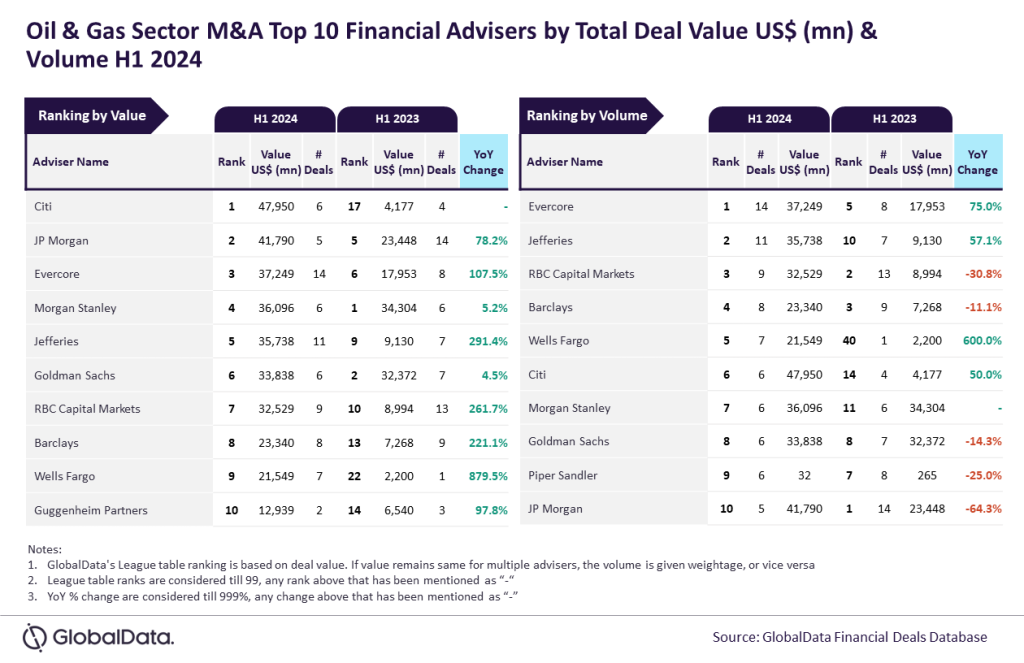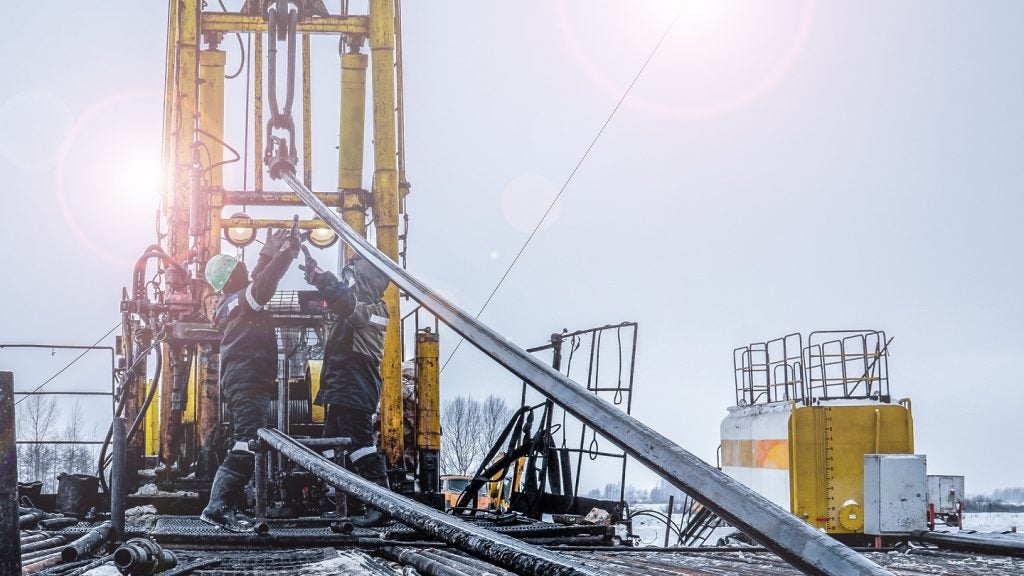Azulao is a producing conventional gas field located onshore Brazil and is operated by Eneva. According to GlobalData, who tracks more than 34,000 active and developing oil and gas fields worldwide, the field is located in block BA-3 (Azulao). Buy the profile here.
Field participation details
The field is owned by Eneva.
Production from Azulao
The Azulao conventional gas field recovered 9.47% of its total recoverable reserves, with peak production expected in 2024. Based on economic assumptions, production will continue until the field reaches its economic limit in 2068.
About Eneva
Eneva SA (Eneva)is an integrated energy company. The company offers power generation, energy commercialization and exploration and production of hydrocarbons and natural gas. Its power generation portfolio includes fossil fuels such as coal and natural gas and renewable resources such as solar. Eneva operates natural gas generation plants in Parnaiba Thermoelectric Complex. The company also operates exploration and production blocks. It invests in research and the development of technologies for carbon sequestration. The company develops and operates solar plants, natural gas plants, coal plants and power plants. Eneva is headquartered in Rio de Janeiro, Brazil.
For more details on the Azulao Conventional Gas Field, buy the profile here.
Data Insights
From

The gold standard of business intelligence.
Blending expert knowledge with cutting-edge technology, GlobalData’s unrivalled proprietary data will enable you to decode what’s happening in your market. You can make better informed decisions and gain a future-proof advantage over your competitors.






